Simple Homemade pizza made with no yeast is amazing, quick and very easy to do. Saturday night is Pizza night in our house and we love making our own pizza dough. We can choose our own toppings, there's no packaging waste & it's alot cheaper than shop bought or take out. For a simple twist on pizza, check out my Stromboli Pizza recipe which makes great finger food.
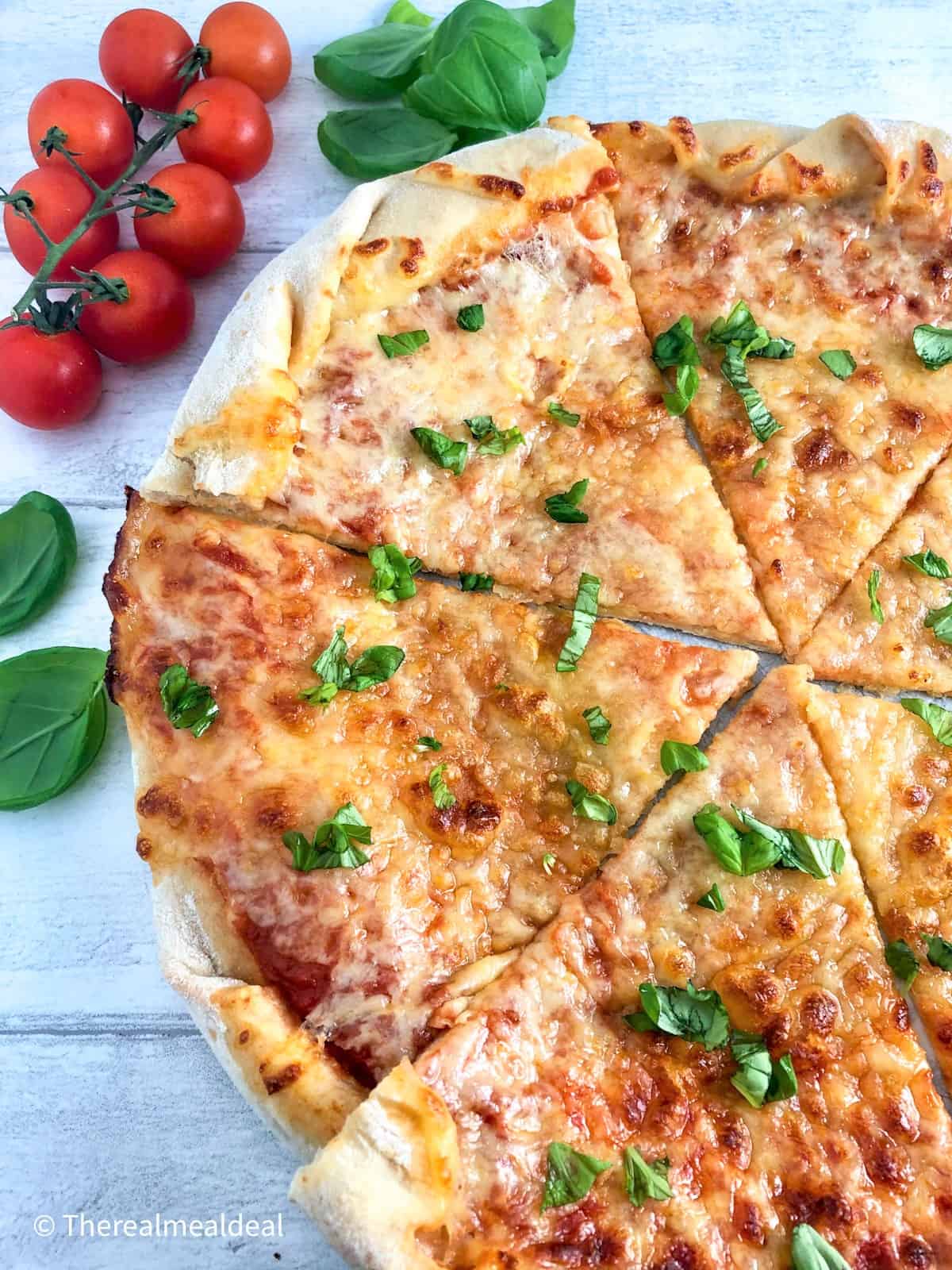
During lockdown, there was a period of several months when yeast was completely sold out everywhere so I had plenty of practice with this pizza dough recipe. Once you start making your own pizza dough, you won't look back.
How to make pizza dough with no yeast
If you do have yeast then of course use that. If not, there's a very simple alternative. Substitute the yeast for equal parts of baking soda and lemon juice. Before we go any further, I should just clarify what baking soda is. In the US, it's called Baking Soda. In the UK, it's called Bicarbonate of Soda. Baking Soda and Baking Powder are not the same. Baking Soda is about 4 times stronger than baking powder. So, with this recipe, you would use 14g of yeast, OR 7g of baking soda/bicarbonate of soda and 7g of lemon juice. 7g is about 1.5 teaspoons. You can use fresh lemon juice or bottled lemon juice. The lemon juice 'activates' the baking soda and creates a kind of fizz in the pizza dough. You won't taste the lemon juice as it is such a small amount.
The dough won't rise the same amount as if you had used yeast. This doesn't matter. The reaction between the baking soda and lemon juice will make little pockets of air in the dough. When the pizza is cooked, you still get a nice light dough. Although the pizza dough won't rise the same, you still need to leave it to 'rest' for at least one hour.
How to make Pizza Dough
If you can, try to use a good quality plain bread flour. The quality of the bread flour will make a difference to the texture of the dough.
Mix the yeast or baking soda and lemon juice with 650ml of lukewarm water. Tip the flour into a large bowl, add a dash of salt and make a well in the middle. I know some chefs mix the dough directly on a work surface, but I find this makes a real mess. I find mixing it in a large bowl much easier.
Gradually add the water mixture and stir into the flour until you have a dough. At this point, tip your pizza dough out onto the work surface and knead it for a few minutes to make sure the flour is properly mixed in.
Place the pizza dough back in the bowl and cover with a clean damp tea towel. You want to avoid the dough drying out whilst it is rising. Leave it for a minimum of 1 hour at room temperature. Remember, if you have used baking soda and lemon juice, your dough will not rise very much, but it is still being 'activated'.
After an hour or so, tip the pizza dough onto your work surface and knead it again for a few minutes. Divide it into equal pieces and roll out to a thickness of 3 - 4 mm. Place the rolled dough directly onto the pizza trays before adding any toppings. This recipe makes 8 pizzas about 30cm / 12 inch in diameter.
For an even quicker 'pizza base' you could try a simple 3 ingredient Flatbread. Made with just 3 ingredients and no need to let it rise. Just grill then add your toppings.
Homemade Pizza Toppings
Spread a thin layer of passata over your pizza dough. Sprinkle a few freshly chopped basil leaves over the passata for real Italian flavour.
Grated Mozzarella cheese is the traditional cheese for adding to pizzas. A mild cheese made from cows milk, it has a firmer texture than fresh Mozzarella. It doesn't release much water when melted so won't make your pizza soggy.
After the cheese, you can add any other toppings you like. These are some ideas.
- Vegetables. Red Peppers, red onions, mushrooms. Chargrilled aubergine or courgette slices.
- Olives, black or green
- Cheeses. Buffalo mozzarella or ricotta for a mild creamy topping. Stronger cheeses such as gorgonzola or other blue cheeses give lots of flavour. Use these in addition to the grated mozzarella.
- Meats. Pepperoni, salami, parma ham, sausage, bacon, ham.
- Leaves. Spinach leaves either cooked with the pizza or sprinkled over the top when it comes out of the oven. Rocket leaves go well and have a stronger flavour.
- Other. Try breaking an egg on top of your pizza. It will cook on the pizza in the oven.
Can you freeze pizza dough?
Pizza dough can be frozen for 3 months. Wrap it up well so it doesn't get freezer burn. Let the dough rise first and then freeze it. Leave it to defrost at room temperature or thaw it in the fridge overnight. Homemade pizza will keep in the fridge for 2 - 3 days. It is best reheated in the oven on a high temperature such as 220°C/420°F/gas mark 7 for a couple of minutes. It can be reheated in the microwave but the dough will be a bit more limp. You can of course also eat it cold and it is great idea for lunchboxes.
Equipment
It is not essential to have a pizza tray to make pizza as you can use a baking tray. However, if you are going to be making these regularly, I would really recommend buying some. You can pick them up quite cheaply. They have holes in the base which allows the dough to crisp up slightly when cooking. It's also much easier to remove the cooked pizzas from the pizza trays as they don't stick. I find if you leave the pizzas for a minute when they come out of the oven, they are very easy to remove from the pizza trays. A pizza cutter is the easiest way to cut a pizza. I also have a wooden pizza board for slicing the pizzas up. It helps that the pizzas fit on the board and makes slicing them very easy.
Sustainability
Making your own pizza dough is a much more sustainable choice than buying pizza. It saves on packaging and of course there's no impact of additional transport to deliver your takeaway. Many of the ingredients can also be bought organic, which have a lower carbon footprint.
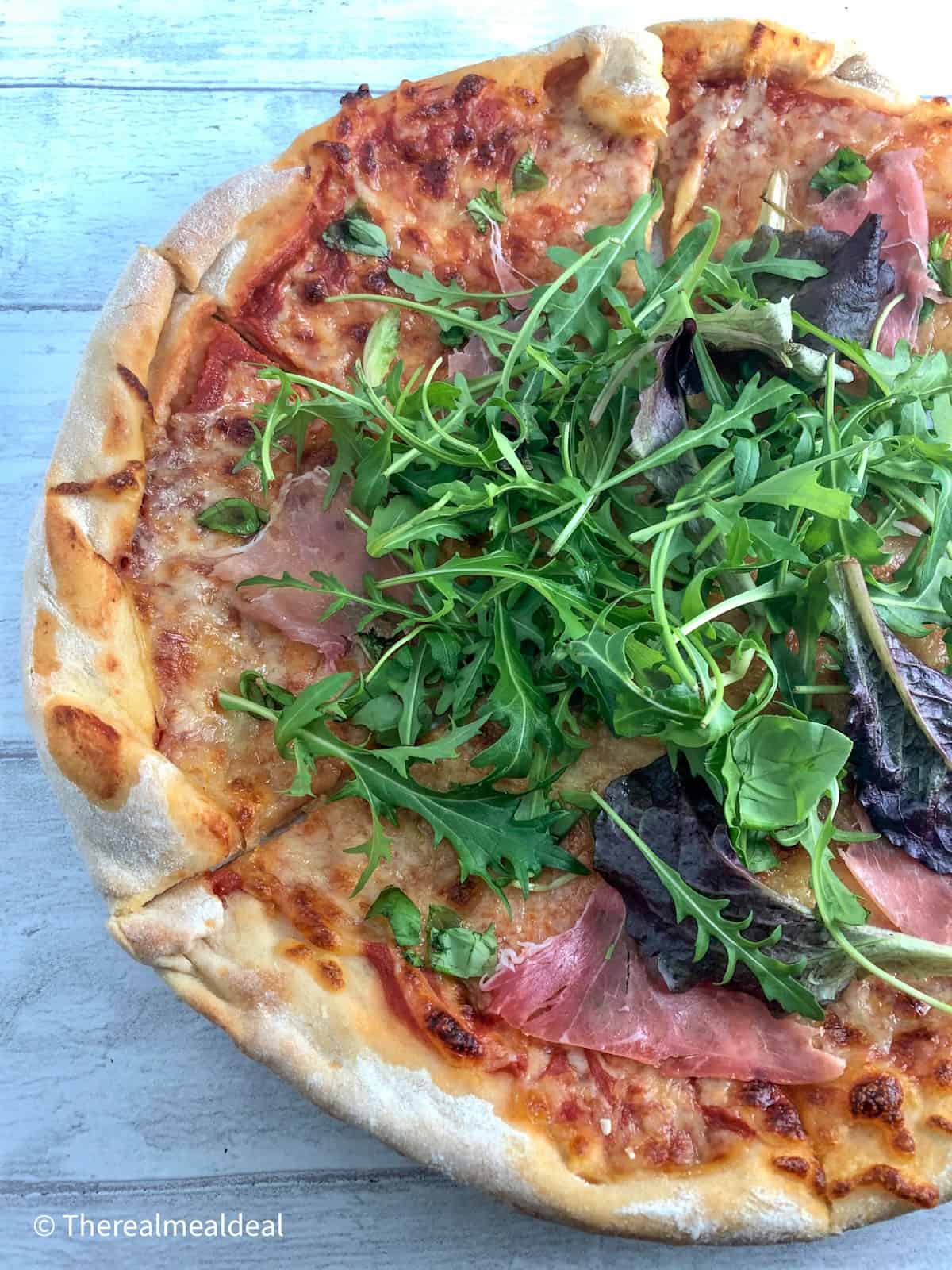
📖 Recipe
Simple Homemade Pizza No Yeast
Ingredients
- 1 kg strong white bread flour organic
- 1 teaspoon salt
- 14 g yeast Substitute 7g baking soda 7g lemon juice
- 1 teaspoon golden caster sugar
Basic Topping
- 500 g passata organic
- 4 tablespoon fresh basil leaves, torn
- 1 kg grated mozarella cheese
Instructions
- Mix the yeast or baking soda and lemon juice with the sugar in 650ml of luke warm water. Add the flour and salt to a large mixing bowl and make a well in the middle.
- Add a little of the water to the well in the middle and slowly bring in the flour from the edge and mix it into the water with a fork. Keep adding the water and stirring in until you have a sticky dough.
- Dust some flour on a work surface, remove the dough from the bowl and knead the dough pulling it back and forth and pushing it with the heel of your hand for about 10 minutes
- Put the dough back into the bowl, dampen a clean cloth with cold water and cover the dough. Leave it to rise at room temperature for at least 1 hour
- Pre-heat the oven to 250°C/500°F/gas mark 9. Remove the dough and divide it equally according to how many pizzas you are making. Dust a clean surface with flour and roll each one into a rough circle about 3 - 4 mm thick
- Place the base on a pizza tray if you have one, or a baking tray or lightly greased tin foil. The pizzas won't change in size when cooked so you roll the same size as the pizza tray. Cover the base with passata, then sprinkle on the fresh basil then a thin covering of grated mozarella. Add any other toppings.
- Place the pizza in the oven and cook for 7-10 minutes until golden and crispy.
Nutrition per serving
The Nutritional Values are computer generated estimates based on industry standards and are provided as a helpful guide only.




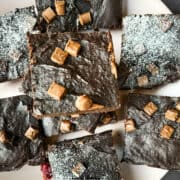






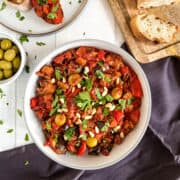



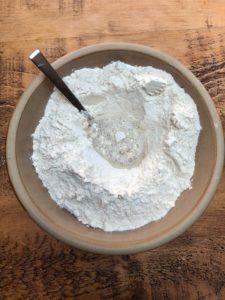
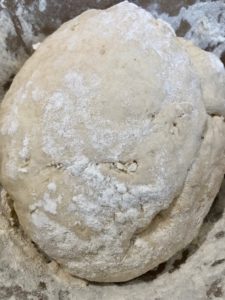
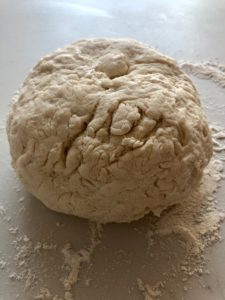
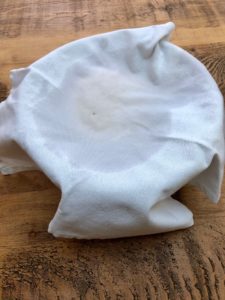
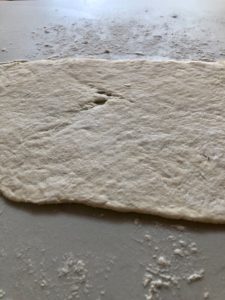
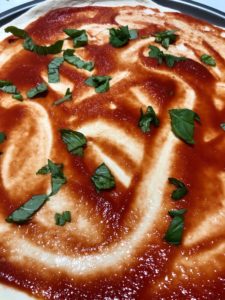




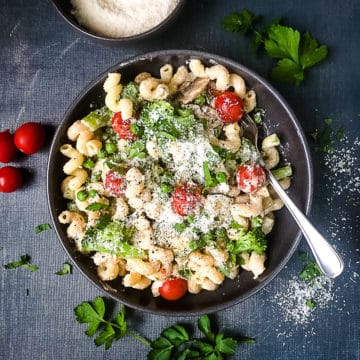
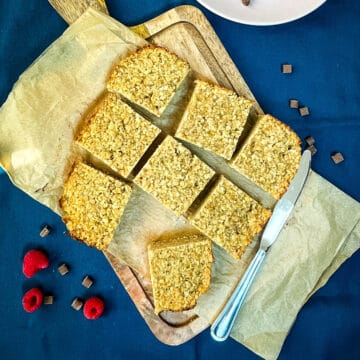



Comments
No Comments